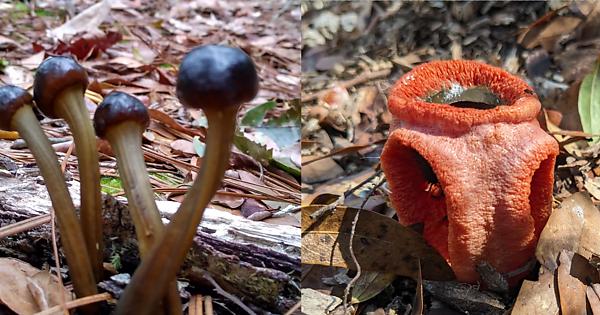Mycology


More pictures available if needed. I broke a few open that were in rougher shape and they are solid white and spongy all the way through. Found in open woods in West Kentucky.
Thinking about frying these up and seeing how they taste but want a bit more assurance that I'm not taking a huge risk doing so. I couldn't find these in my National Audubon Society Field Guide so I'm a bit reluctant to take the chance.

Each one is no bigger than a couple inches.
- • 98%www.404media.co Google Serving AI-Generated Images of Mushrooms Could Have 'Devastating Consequences'
AI-generated images of mushrooms that look nothing like the real species could spread misleading and dangerous information.

- • 95%www.independent.co.uk Mushroom learns to crawl after being given robot body
Biohybrid machine ushers new era of robotics, scientists say
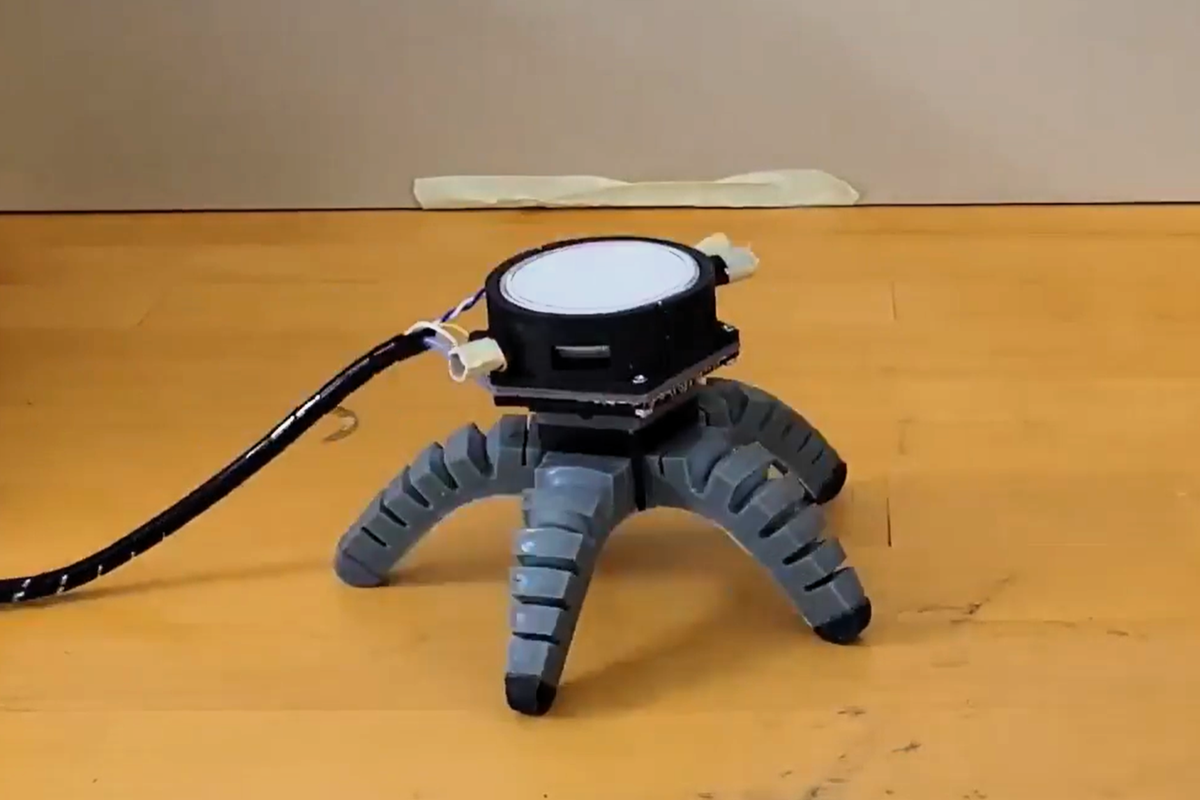


They looked dark, and ominous. So I snapped em.

Looked cute, colours lovely, had to snap it.

Scavenged these in the woods of NW Ontario



It’s gurgling up outta the ground in my backyard. Rural NC, Piedmont area.
- imgur.com imgur.com
Discover the magic of the internet at Imgur, a community powered entertainment destination. Lift your spirits with funny jokes, trending memes, entertaining gifs, inspiring stories, viral videos, and so much more from users.
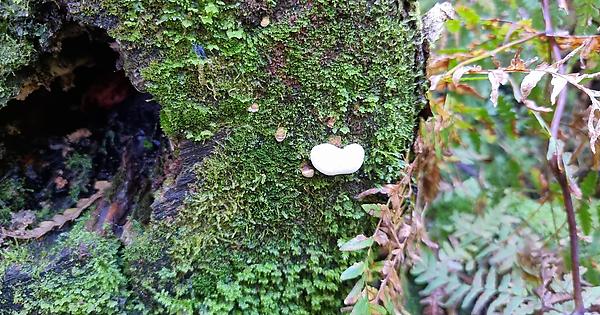
Went on a trip recently to North and South Island and saw some cool mushrooms... the blue ones were a surprise find.
I was more surprised that they didn't seem to grow in more places. Perhaps it's too cold there?

On the 9 June 2023, at Mala, Karkala, Karnataka, India, researchers found Rao’s intermediate golden-backed frog, (Hylarana intermedia) with a rather fetching, fungal companion growing out of it's side
Mycologists identified the fungi as Common Bonnet, part of the Mycena genus, a type of fungi that mostly grows on rotting wood from dead trees, however it has also been discovered to be able to thrive on living plants as well
The frog appeared to be quite healthy and was not caught, so there's no definitive answer why it was hosting a mushroom, however...
>...one of the possibilities is that there is a small piece of woody debris under the skin of the frog after it got lodged in the skin and it has sprouted a mushroom from it....
All photos by Lohit Y.T. one of the researchers who discovered the frog and co-author of the paper
- • 96%www.ffungi.org Historic step: National Geographic Society’s includes fungi in its wildlife definition and launches the short film “Flora, Fauna, Funga” | Fungi Foundation Blog
Historic step: National Geographic Society’s includes fungi in its wildlife definition and launches the short film “Flora, Fauna, Funga”
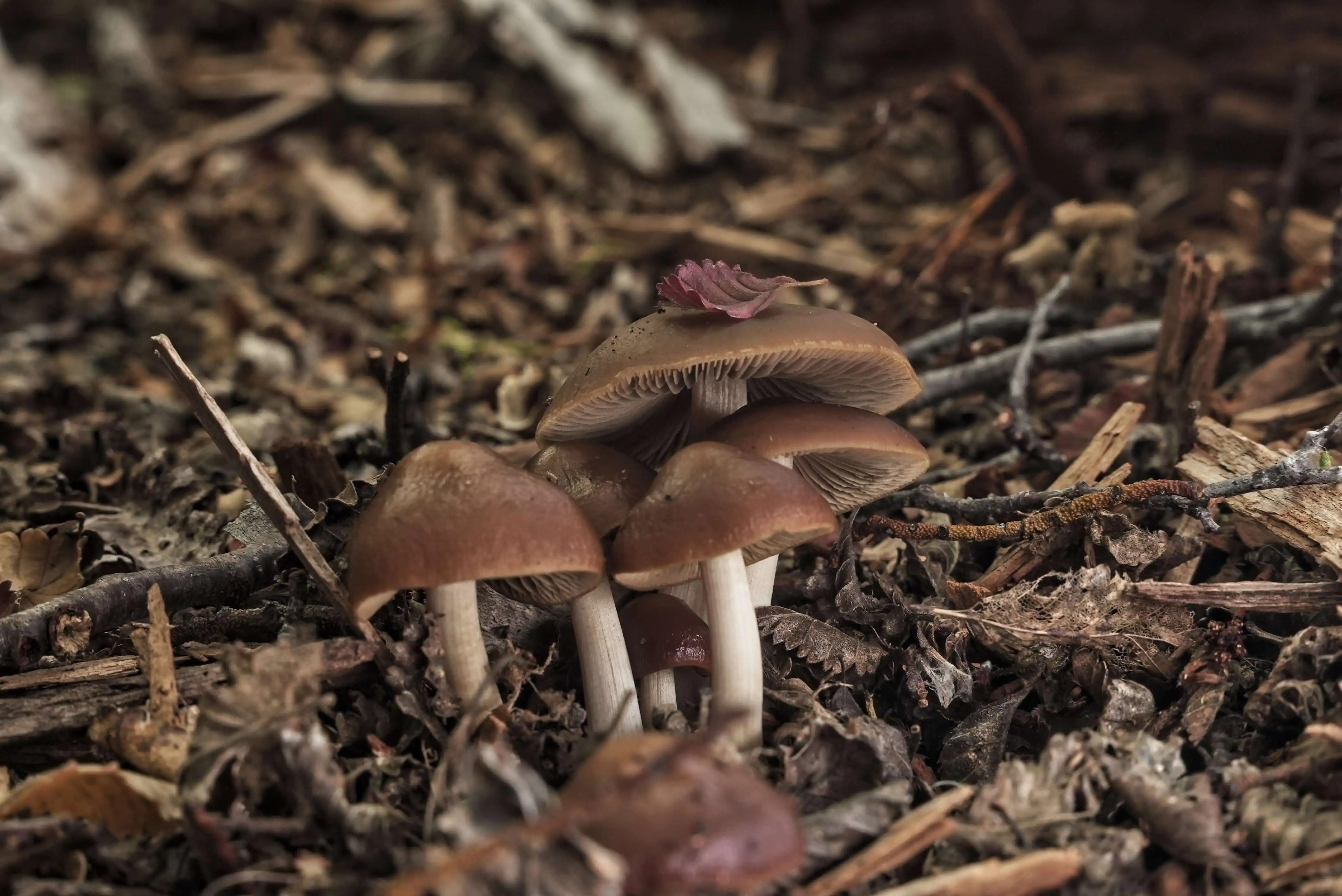
The inclusion of fungi as an official area of interest puts funga on an equal footing as flora and fauna when referring to macroscopic life on Earth. Funga refers to "fungi of a specific region, habitat, or geological period," serving as an equivalent concept to flora and fauna for plants and animals. This historic step will help write this neglected kingdom of life into conservation and agricultural policy frameworks, and unlock crucial funding for mycological research, surveys, and educational programs.

cross-posted from: https://lemmy.ml/post/13518835
> Main photo 'Camponotus atriceps infected by Ophiocordyceps camponoti-atricipis, biting onto a leaf edge' by João P. M. Araújo > > You've probably played and/or seen 'The Last of Us' and the cordyceps infected humans....which is completely fictional. However, for insects becoming infected by a zombie fungus is a rather horrifying realty, and also incredibly fascinating for us to observe > > Ants are targeted by Ophiocordyceps unilateralis sl, aka the zombie ant fungus, which is found mostly in the tropics, and was first discovered by Alfred Russell Wallace in 1859 > > Ophiocordyceps unilateralis sl, represents a whole complex of many species within O. unilateralis, all of which are host specific, infecting and manipulating carpenter ants. Although researches have recently discovered additional O. unilateralis species that specialise in neotropical ants and have described them as O. kniphofioides subclade. > > These are all the O. unilateralis described so far > > O. albacongiuae > O. blakebarnesii > O. camponoti-atricipis > O. camponoti-balzani > O. camponoti-bispinosi > O. camponoti-chartificis > O. camponoti-femorati > O. camponoti-floridani > O. camponoti-hippocrepidis > O. camponoti-indiani > O. camponoti-leonardi > O. camponoti- melanotic > O. camponoti-nidulantis > O. camponoti-novogranadensis > O. camponoti-renggeri > O. camponoti-saundersi > O. halabalaensis > O. kimflemingiae > O. naomipierceae > O. ootakii > O. polyrhachis-furcata > O. pulvinata > O. rami > O. satoi > > And the following are from the O. kniphofioides subclade > > O. daceti > O. kniphofioides > > That's a lot of different zombie ants!! > > The O. unilateralis fungus has very distinctive characteristics > >exhibits a single stroma with a Hirsutella asexual morph, which arises from the dorsal neck region of the dead ant and produces a dark brown perithecia attached to its stalk > > As well as only infecting the Camponotini species (Carpenter Ant), the fungus also causes the ant to fix itself to vegetation by clamping down via it's mandibles aka 'the death grip' > > O. kniphofioides on the other hand > >produce a stroma that grows laterally from the host's thorax which itself generates an orange ascoma [fruiting body, usually bowl shaped] > > With O. kniphofioides the infected ants do not show the 'death grip' and typically die at the base of large trees in the Amazon, amongst moss carpets > > In the tropics the ant species Camponotus leonardi lives in the tree canopies and had aerial trails on the branches, they will travel down the tree trucks and cross the forest floor when the gaps in the canopy are too wide to navigate. It is here they are infected by the fungal spores > > The spores attach to their exoskeletons and break through using both mechanical pressure and enzymes. Yeast stages of the fungal infection spread throughout the ants body causing it to have full body convulsions that make it fall from the canopy to the forest floor. > > The ant then climbs up the stem of a plant , and clamps itself to a leaf it using it's mandibles (usually 26cm above the floor on the Northern side of the plant, in a location with 94–95% humidity and temperatures between 20 and 30 °C). This is the optimal location and environment to produce the maximum infections (up to 20 to 30 dead ants per square meter) If the dead ant is moved elsewhere the fungal growth and spores released either fail to occur or are undersized > > The fungus then kills the ant, and continues to grow inside it's body, until mycelia sprout from the ant's exoskeleton anchoring the ant further to the plant leaf/stem and > >secreting antimicrobials to ward off competition > > When the fungus is ready to reproduce it's fruiting bodies grow and erupt from the ant's head....the whole process takes around 4-10 days > > And now for some dead ants..... > > ! > > Ophiocordyceps kimflemingiae by Danny Newman > > > ! > > Ophiocordyceps albacongiuae by Danny Newman > > > ! > > Ophiocordyceps camponoti-renggeri by João P. M. Araújo > > > ! > > O. camponoti-floridani by Roel Fleuren > > ! > > Ophiocordyceps ootakii here > > ! > > Ophiocordyceps camponoti-indiani by joaofungo > > > ! > > Ophiocordyceps pulvinata here > > > ! > > Ophiocordyceps unilateralis infecting Formicidae here > > > ! > > Ophiocordyceps unilateralis growing from a carpenter ant by David Hughes > > > ! > > Palthotyreus tarsatus biting onto a green stem. Once infected by an Ophiocordyceps species (still undescribed) by João P. M. Araújo > > > ! > > Apologies I can't remember where I found this one, but it's too good not to share....If anyone knows the photographer let me know in the comments and I'll edit. Cheers > > All info and quotes via wikipedia > > I'm not an expert, I just like sharing interesting things I find. Any errors please post a comment and I'll edit..... and as always please leave a comment as it gives me encouragement to do further posts 👍
- • 96%www.salon.com Sacré Bleu! Cheese enthusiasts are mourning the possible extinction of brie cheese
Countless fans took to social media to share ways they're enjoying brie before the cheese is gone for good

> Many signature French cheeses currently rely on just one single fragile strain of fungi — Penicillium camemberti — which is unfortunately at risk of dying out.
cross-posted from: https://lemmy.zip/post/12041593
> > Countless fans took to social media to share ways they're enjoying brie before the cheese is gone for good
- arstechnica.com Deadly morel mushroom outbreak highlights big gaps in fungi knowledge
Prized morels are unpredictably and puzzlingly deadly, outbreak report shows.
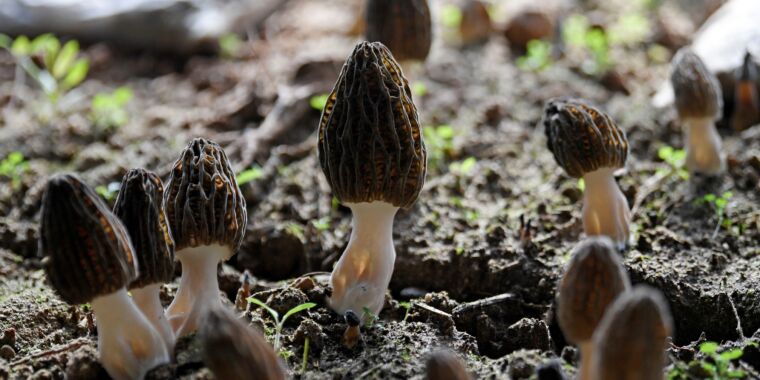
On Thursday, Montana health officials published an outbreak analysis of poisonings linked to the honeycombed fungi in March and April of last year. The outbreak sickened 51 people who ate at the same restaurant, sending four to the emergency department. Three were hospitalized and two died. Though the health officials didn't name the restaurant in their report, state and local health departments at the time identified it as Dave’s Sushi in Bozeman. The report is published in the Centers for Disease Control and Prevention's Morbidity and Mortality Weekly Report.

Ophiocordyceps clavulata is a fungi parasite of scale insects feeding on trees including Pignut Hickory and American Hazel. It grows up to 4 mm
From the very limited information on the internet it's usual habitat is North America and Canada, but has also been recorded in Sweden
All photos via eol
Any corrections please post in comments and I'll edit my post

- • 100%www.nature.com Quantitative pathogenicity and host adaptation in a fungal plant pathogen revealed by whole-genome sequencing - Nature Communications
The understanding of pathogenicity in quantitative plant pathosystems remains limited. This study reveals the genetic architecture of quantitative pathogenicity traits in a significant fungal plant pathogen, shedding light on potential evolutionary mechanisms involved in host adaptation.
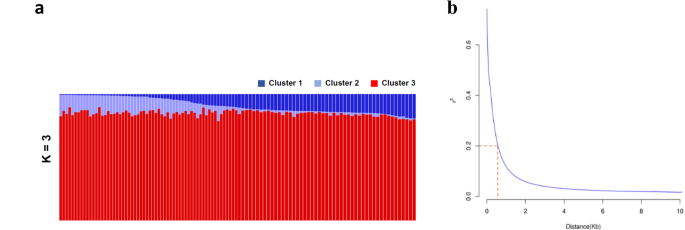

Phaeocalicium polyporaeum is a tiny mycoparasitic fungus, seen here on its most common host, Trichaptum cf biforme, although it has also been reported on Trametes versicolor.

cross-posted from: https://lemmy.ml/post/11022800
> >Always a delight to spot colourful waxcaps and even better to capture underside shots. Where possible, I prefer not to pick them and use my Pentax point and shoot, pressed down into the substrate, but sometimes this is not possible. > > Found on flickr >
- • 100%www.agenciasinc.es Antarctic fungi survive Martian conditions on the International Space Station
European scientists have gathered tiny fungi that take shelter in Antarctic rocks and sent them to the International Space Station. After 18 months on board in conditions similar to those on Mars, more than 60% of their cells remained intact, with stable DNA. The results provide new information for ...


This is hair ice. It is formed on dead barkless wood and a fungus called Exidiopsis effusa is the main reason. I found this and many more, during late autumn in a forest in Northern Denmark














